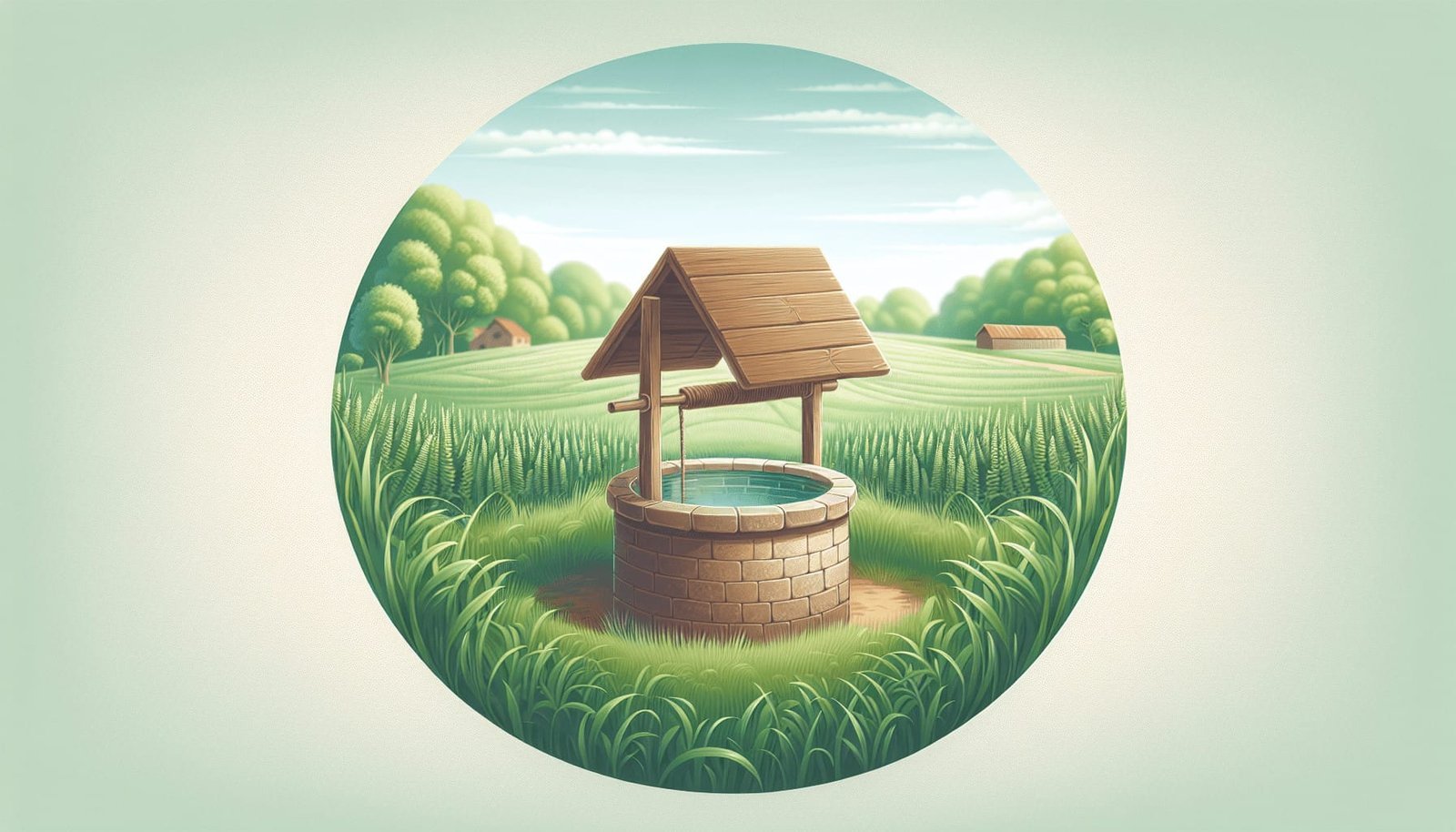How often do you think about the health of your well water? If you’re one of the many individuals who rely on well water as a primary source for household needs, it’s crucial to consider various elements that can affect its safety and quality. One of the more pressing concerns is the potential for pesticide contamination. Pesticides are commonly used in agriculture, gardening, and pest control, but they can pose a significant risk to your groundwater if not managed properly.
This comprehensive guide will walk you through the steps to help you prevent pesticides from contaminating your well. We’ll cover the basics of why pesticides are a concern, how they can find their way into your water supply, and practical steps you can take to minimize the risk. Let’s make sure your water remains clean, safe, and chemical-free.
Understanding Pesticides and Their Risks
Before we dive into prevention techniques, it’s essential to understand what pesticides are and why they pose a risk. Pesticides are substances used to eliminate or control pests. They encompass a broad range of chemicals, each designed for specific pests, such as insects, weeds, or fungi.
What Are Pesticides?
Pesticides comprise various chemicals, including insecticides (for insects), herbicides (for weeds), fungicides (for fungi), and rodenticides (for rodents). They are either synthetic or natural, but both can have environmental impacts. Their primary purpose is to protect crops, improve agricultural yields, and ensure healthy ecosystems by preventing pest damage.
The Health Risks of Pesticides
While effective at pest control, pesticides can pose health risks to humans and wildlife. Potential health effects may include skin and eye irritation, respiratory problems, hormonal disruption, and even certain cancers if exposed to high levels over time. Protecting your well from contamination is crucial to ensuring these harmful chemicals don’t end up in your drinking water.

How Pesticides Can Contaminate Your Well
Pesticides primarily enter groundwater through surface runoff, leaching, or inappropriate application near water sources. Understanding these routes is critical in learning how to block them effectively.
Surface Runoff
Surface runoff occurs when rainwater or irrigation systems carry pesticides from treated fields to other areas, including your well. This overflow can occur particularly after heavy rains or if your land has poor absorption due to compacted soil.
Leaching
Leaching happens when water-soluble pesticides penetrate the soil deeply enough to reach aquifers. Factors like soil type, pesticide properties, and water movement can influence the level of leaching.
Improper Application
When pesticides are applied too close to your well or in excessive amounts, the risk of contamination increases. Following label instructions and observing buffer zones helps minimize this risk significantly.

Steps to Prevent Pesticide Contamination in Your Well
Now that you understand how pesticides work and how they can breach your water supply, let’s look at actionable steps to safeguard your precious resource.
Evaluate Your Well System
Start by assessing the current state of your well. Knowing its design, location, and condition can inform your prevention strategies effectively.
Well Location
Ensure your well is situated away from agricultural fields, gardens, or areas where heavy pesticide application occurs. This buffer zone minimizes surface runoff risks.Inspect Well Seals
Regularly check the seals and caps for any signs of wear or damage. A tight, well-maintained seal prevents contaminants from entering directly.
Implement Best Pesticide Practices
Adopting careful pesticide practices not only protects your well but also promotes better environmental stewardship.
Follow Label Instructions
Always read and adhere to the guidelines for pesticide application. Manufacturers provide instructions for safe use, proper dosage, and specific buffer zones to respect.Use Targeted Application Techniques
Consider using spot-spraying or other precise methods rather than blanket applications. This reduces the total amount of pesticides used, cutting down on potential for contamination.Opt for Biopesticides
Biopesticides, derived from natural materials, often have a lower environmental impact and can be an effective alternative to conventional chemicals.
Monitor Water Quality
Regular testing is a significant aspect of well maintenance. Monitoring frequencies may vary depending on nearby pesticide use and local geological conditions.
Regular Testing
Conduct water quality tests annually or more frequently if pesticide use intensifies nearby. Testing should check not only for pesticides but also for other potential contaminants.Hire Professional Services
Consider hiring a certified lab to perform comprehensive analyses. They can detect even low levels of contaminants that home kits might miss.
Establish Buffer Zones
Designating specific areas around your well where no pesticides or chemicals are applied is a vital step.
Create Setback Distances
Work with local agricultural agencies or experts to define setback distances specific to your well’s configuration and surrounding land.Implement Vegetative Barriers
Planting strips of vegetation can trap and filter runoff before it reaches your well, enhancing the natural filtration process.

Additional Considerations
Beyond direct measures, you might also want to think about long-term strategies and practices that contribute to broader water safety and environmental health.
Promote Organic Methods
Encouraging organic farming or gardening methods can significantly reduce pesticide usage. Organic techniques often focus on soil health, biodiversity, and natural pest control, reducing reliance on synthetic pesticides.
Educate and Collaborate
Education is a powerful tool in preventing well contamination. Sharing knowledge with neighbors, community gardening groups, and local farmers can amplify preventive efforts.
Policy and Advocacy
Supporting policies that tighten restrictions on pesticide applications near water sources can have far-reaching effects. Advocacy for sustainable agricultural practices contributes to cleaner water in your community.

Conclusion
Preventing pesticide contamination in your well is a multi-faceted challenge that requires diligence, education, and proactive measures. By understanding how pesticides behave and implementing practical strategies to block their path, you’re taking essential steps to protect your water supply. Be sure to regularly evaluate your well system, use best pesticide practices, monitor water quality, and establish buffer zones. These efforts, combined with broader advocacy and community-based initiatives, will help ensure that your well water remains pure and safe for years to come. Remember, protecting your well is not just about safeguarding your water; it’s an investment in your health and your environment’s health.

